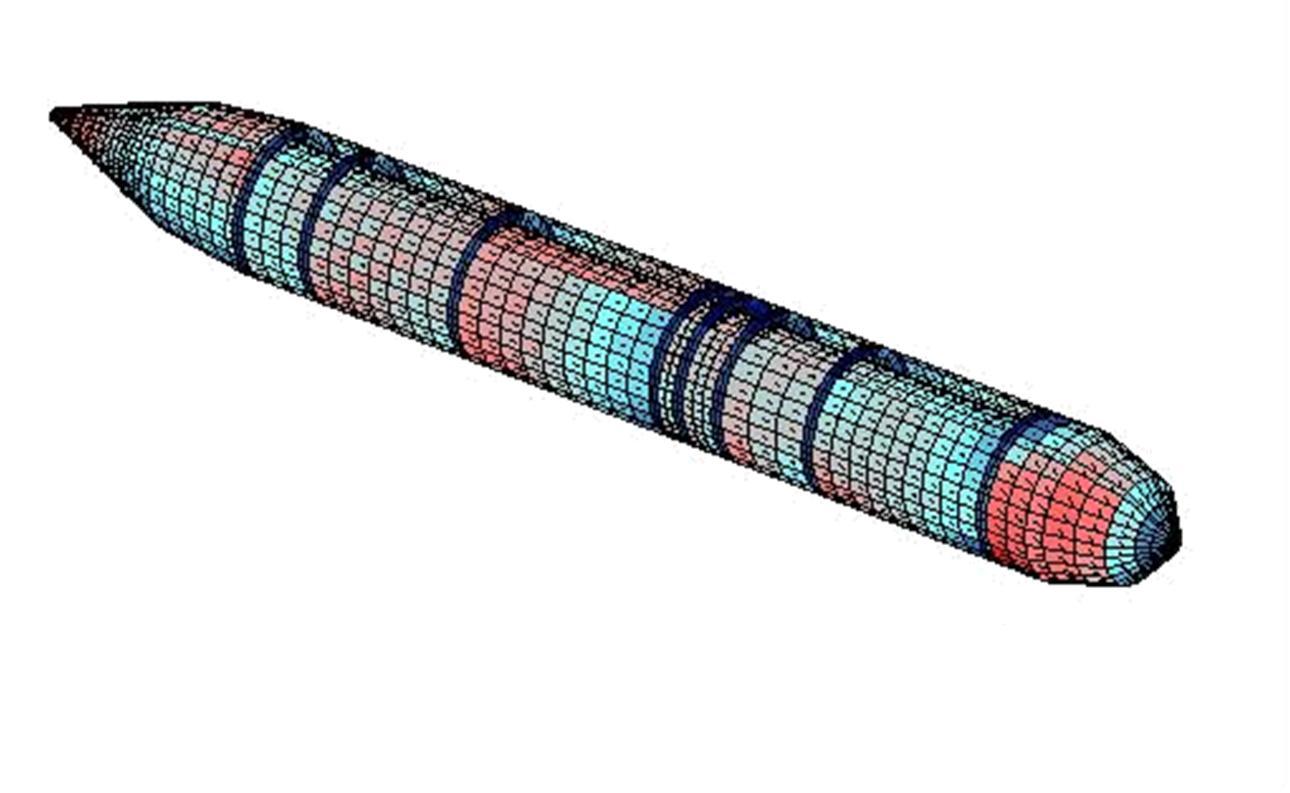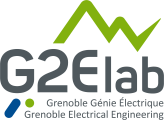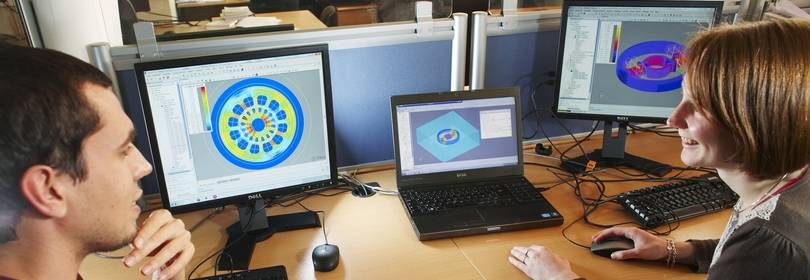The team develops an activity dealing with the resolution of inverse problems in the area of low frequency electromagnetic fields. The basic idea consist in getting an equivalent electromagnetic sources model for a device, starting from a set of electromagnetic measurements made on sensors located in the surrounding air region.
It consists in getting reasons in functions of effects and mainly deals with the problematic of radiated electromagnetic fields. The basic idea is, starting form surrounding electromagnetic field measurements made on sensors, to find. The purpose can be to get the radiated field This equivalent model of sources can have several interests. It can enable the prediction of the radiated field farther and more generally where sensors cannot be put (close field / far field extrapolation for instance. The model can also allow getting information on the intrinsic operation mode of the system; therefore the approach can be used for diagnosis of electrical systems.
This activity is very close to research area of ERT CMF, it is therefore led in close cooperation with this team. The laboratoire de Métrologie Magnétique en Champ faible (LMMCF) and its controlled magnetic environment is a fundamental tool for theses reseach works.
The area of inverse problems resolution is scientific subject well identified which have its own difficulties and therefore also its own methodologies. The main difficulty is that the solution is not unique (problems are usually ill-posed), it is therefore necessary to developp approaches which leads to the choice of the most physical solution. In this frame, the team:
- Develop dedicated light numerical models for which the inversion is by nature easy.
- Work on the methods of regularisation of ill-posed problems
Some notable achievements of his last year are:
- Determination of an equivalent magnetization model of a double hull submarine mock-up (collaboration with DCNS, Ph.D of Y. Vuillermet, 2008). The purpose is, from some measurements of magnetic field made close to ferromagnetic shells, to determine the remanent local unknown magnetizations. The get magnetization enable the computation of the magnetic field outside the mock-up and therefore to compute the associated magnetic risk. This problematic is not new for out team but we have recently succeed in demonstrating the feasibility of the approach on a mock-up very similar to a real submarine (approach was validated on a model of submarine of 4m long instrumented with 80 fluxgate sensors).

Double hull submarine magnetization equivalent model (collaboration with DCNS)
-
Diagnosis of corroded areas of submerged structures by close measure electrical measurements (collaboration with DGA / GESMA, Ph.D. of A guibert on 2009). The corrosion which degrades submerged structures significantly is due to the circulation of current in the seawater between two materials having different electrochemical potentials. If the electrical fields (or potentials) in the water associates in this phenomenon are measured, it is possible, by solving an inverse problem, to find precisely corroded areas. This approach, gives very interesting perspectives in term of diagnosis of boat's hull or offshore structures. Approach has been validated on ship mock-up.



